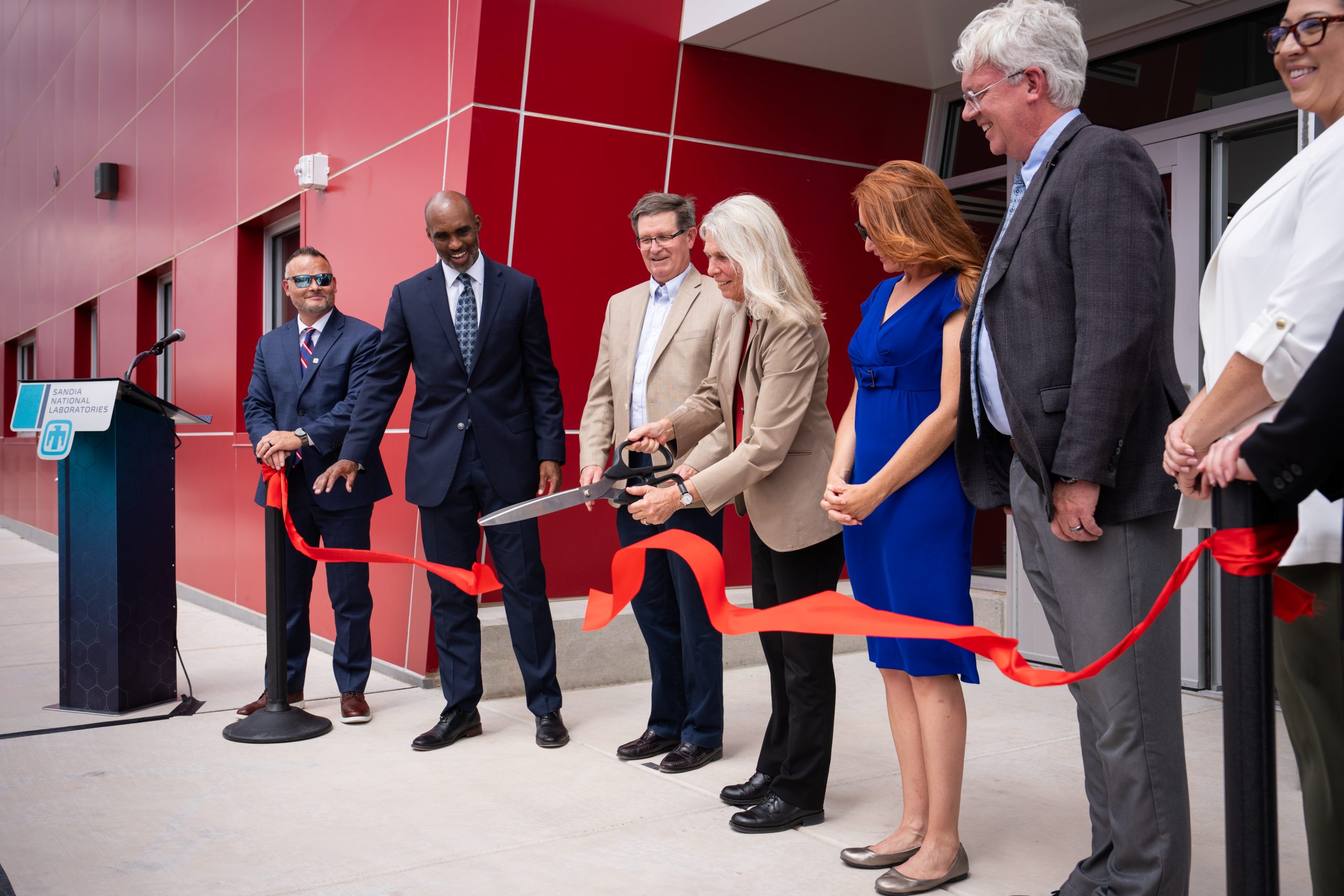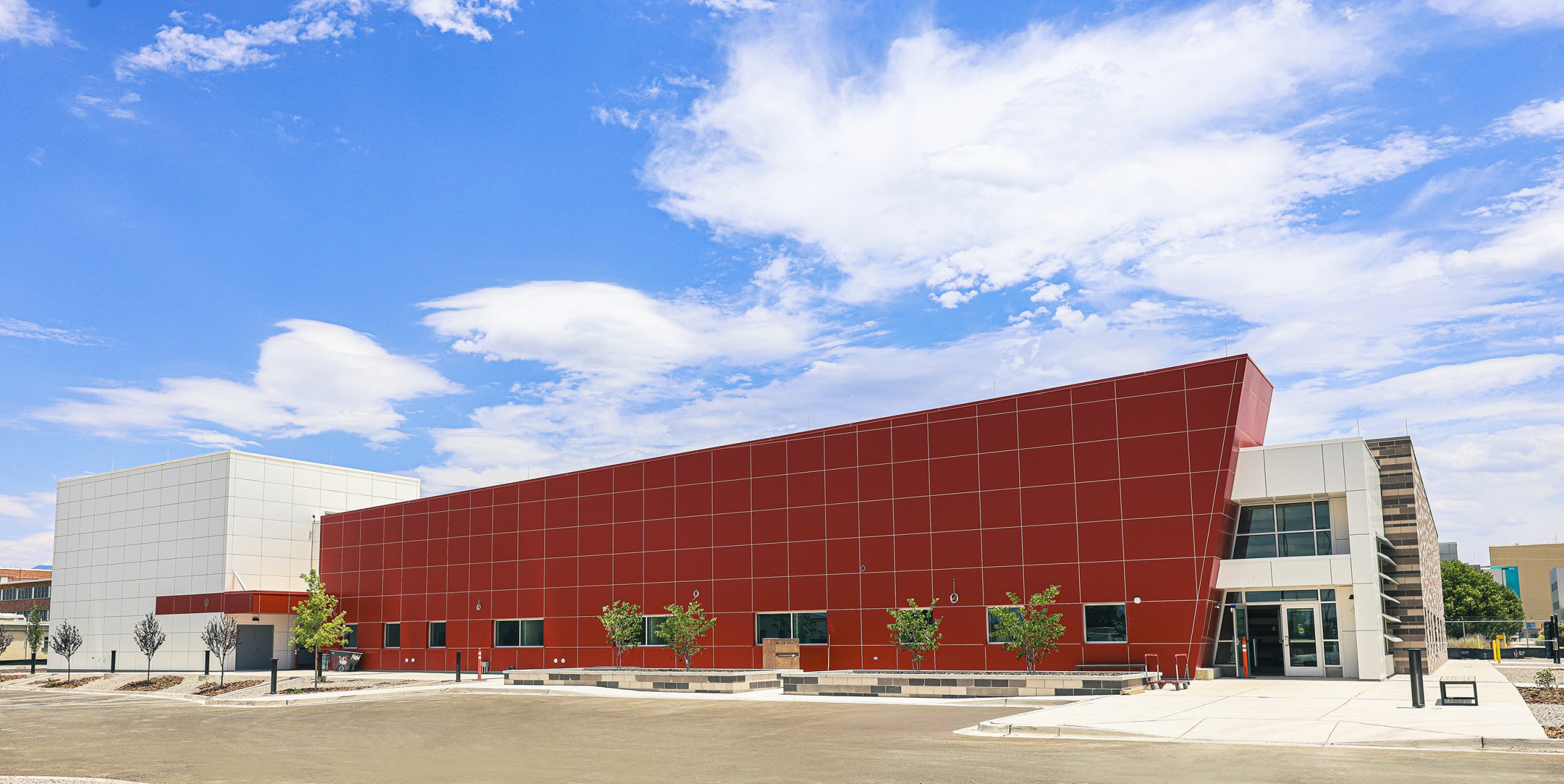
ALBUQUERQUE, N.M. — Sandia National Laboratories opened the doors August 7 to its new, cutting-edge Emergency Operations Center aimed at enhancing emergency incident management coordination and communications for the workforce and the community in the event of an emergency, disaster or crisis.
The $42.5 million, 25,000-square-foot facility, located on Kirtland Air Force Base, is scheduled for full operations by early 2024. It will house the National Nuclear Security Administration and Sandia emergency management staff offices, along with the 24/7 Emergency Management Communications Center. This center will feature dedicated incident-management and coordination spaces, as well as multi-purpose training rooms. The construction project was awarded to Summit Construction of Albuquerque.
Emergency Operations Center Functions
Functions of the Emergency Operations Center include round-the-clock coverage during emergencies or crises staffed by the labs’ emergency management specialists. The new facility is equipped with improved tools and enhanced capabilities to collect, analyze and share incident information with internal and external emergency response organizations, such as Kirtland Fire Emergency Services, Sandia Medical Clinic or the University of New Mexico Hospital.
The new Emergency Operations Center will be home to Sandia’s Emergency Management organization overseeing day-to-day operations. Additionally, the labs’ Emergency Management Communications Center will provide 24/7 support for emergency and nonemergency calls, with space for three dedicated 911 call stations, two dedicated nonemergency call stations and one dedicated Sandia duty officer station.

The facility boasts redundant mechanical and electrical systems, a backup generator, showers, a kitchen with a pantry, a dining area and temporary sleeping areas, ensuring it can operate independently for at least 72 hours.
Improvements with new Emergency Operations Center
The new center provides numerous improvements to support Sandia’s emergency management operations and response capabilities. Examples include:
- Larger, more flexible space.
- More area for a comprehensive EOC structure that aligns with the Federal Emergency Management Agency’s National Incident Management System.
- Accommodations for up to 102 EOC staff — 62 in the main area and 40 in an overflow area — compared to the 18-staff capacity of the current center.
- Improved technology to share a common operating picture throughout the facility via an advanced situation center and a series of video walls and monitors.
- Advanced multi-purpose training room with the latest technology.
NNSA’s construction pilot project
Sandia’s new Emergency Operations Center is supported by the NNSA’s Enhanced Minor Construction and Commercial Practices, or EMC2, initiative and is the fourth of four initial projects in the pilot program. This initiative allows the acquisition of non-complex, non-nuclear facilities following commercial best practices within NNSA requirements. The streamlined acquisition and execution processes under EMC2 accelerate delivery and increase buying power for commercial-like construction.
With the new Emergency Operations Center, Sandia National Laboratories reinforces its commitment to maintaining a robust emergency response system that safeguards its workforce, the community and the critical work carried out at the labs.
From the podium
Melanie Stansbury, U.S. Representative, New Mexico 1st Congressional District
Jill Hruby, Under Secretary for Nuclear Security and Administrator of the National Nuclear Security Administration
David Gibson, Chief Operations Officer and Deputy Labs Director
David Stuhan, Sandia Labs Environment, Safety & Health director and chief of safety




